Astronomy
A fascinating video about how the Earth and our solar system move through the galaxy. Our solar system takes 225 million years to orbit the galaxy. The first dinosaurs on Earth evolved the last time it was in the current positon during the the late Triassic.
Reports that the JWST killed the reigning cosmological model have been exaggerated. But there’s still much to learn from the distant galaxies it glimpses. The galaxies’ apparent distances from Earth suggested that they formed much earlier in the history of the universe than anyone anticipated. (The farther away something is, the longer ago its light flared forth.)
No, the James Webb Space Telescope Hasn’t Broken Cosmology | WIRED
When Carl Sagan said that we are made of star stuff, well, here's what that looks like on the periodic table of elements and it's fascinating:
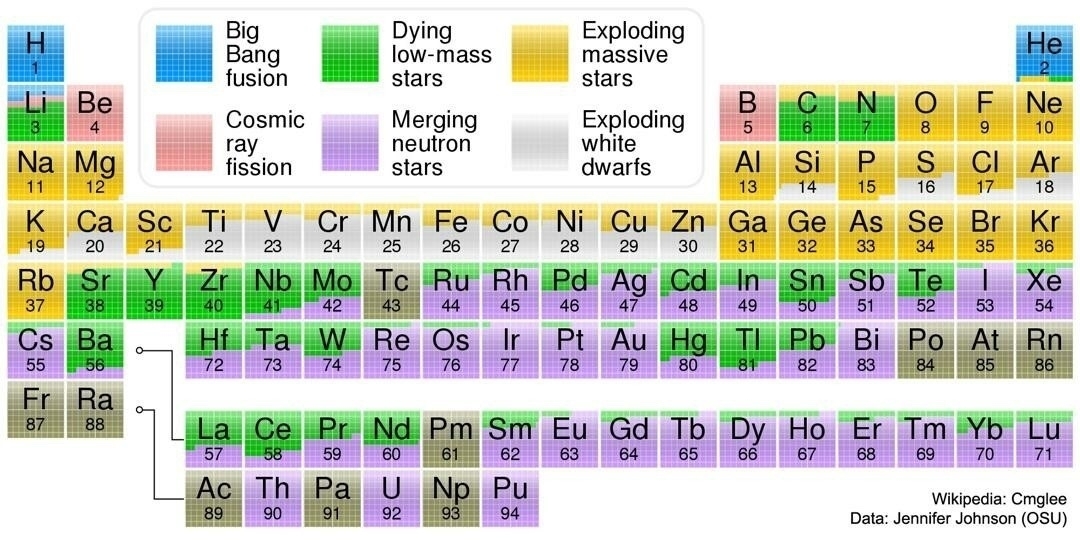
Image Credit & License: Wikipedia: Cmglee; Data: Jennifer Johnson (OSU)
Working through my blog archive to simplify categories and came across this post from almost 10 years ago. There’s nothing quite like a long night under the stars. Weeping to the Cosmos // Beardy Star Stuff
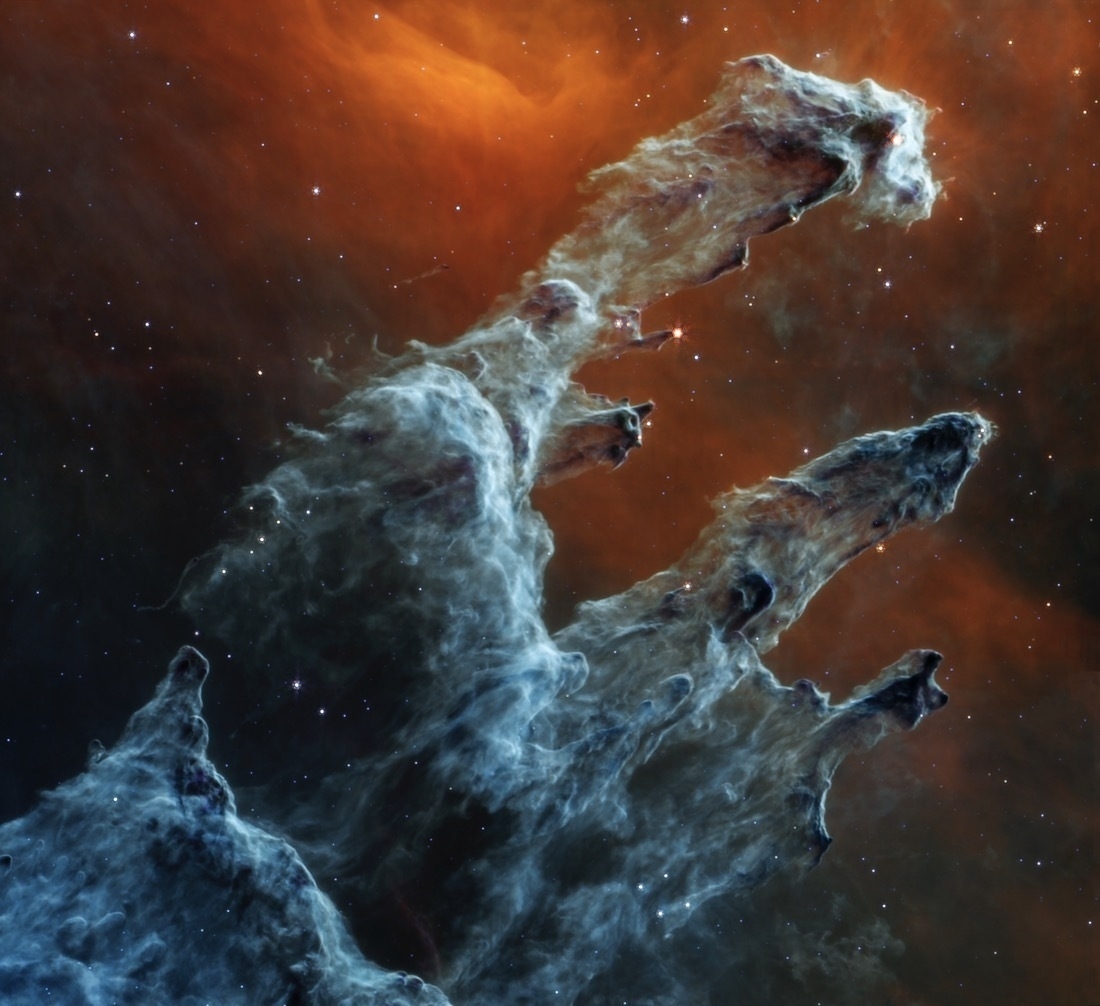
NASA’s James Webb Space Telescope’s mid-infrared view of the Pillars of Creation strikes a chilling tone.
The Pillars of Creation are set off in a kaleidoscope of color in NASA’s James Webb Space Telescope’s near-infrared-light view.

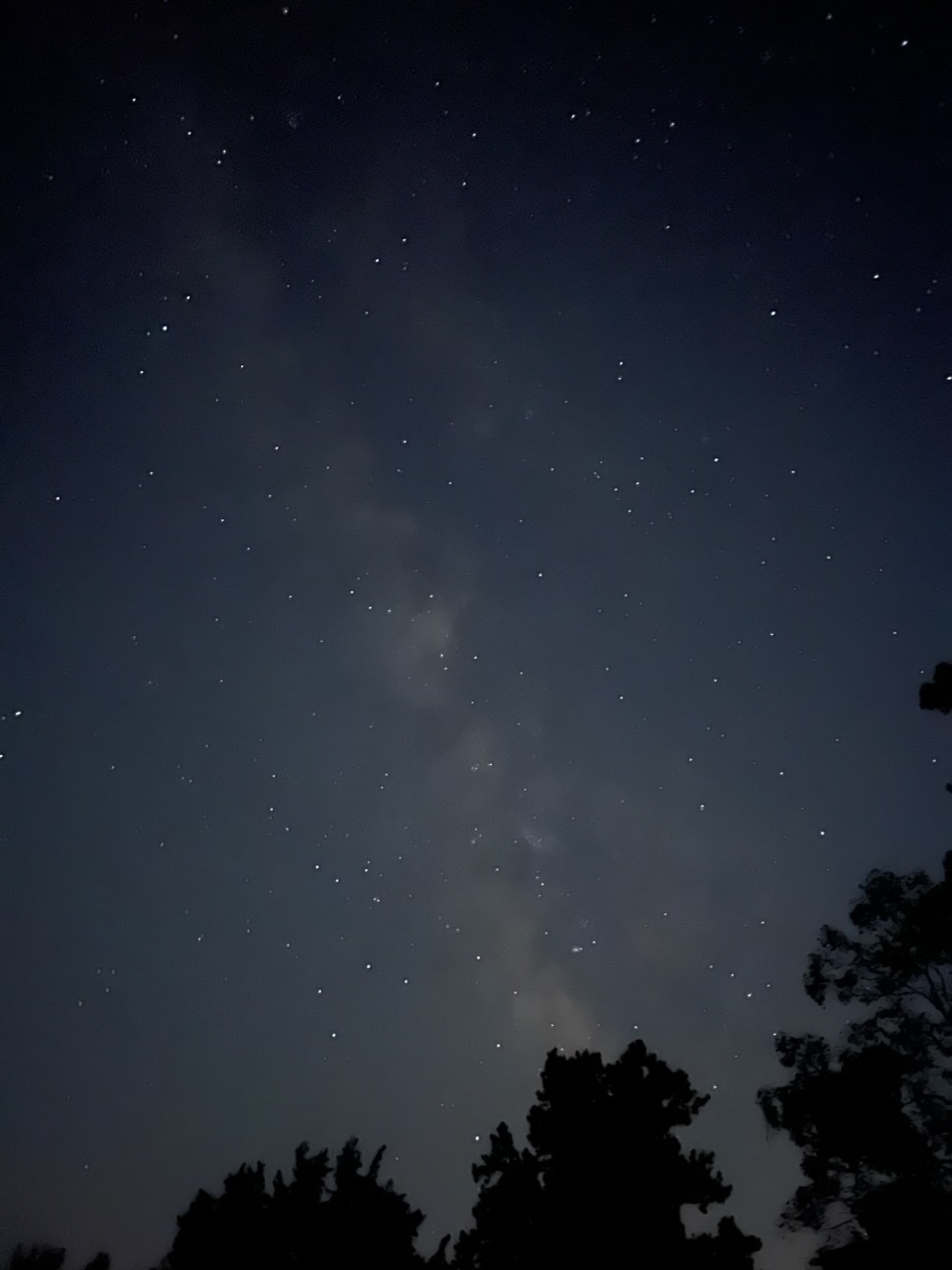
Looking south towards the center of the Milky Way (constellation Sagittarius), 10 second exposure with the iPhone 13 Pro. Amongst the stars are several cloudy patches that are either nebula or concentrated stars clusters.
These images are fantastic.
High-Resolution Images of the Sun Show its Chromosphere in Vivid Detail - Universe Today
Source: U.S. National Science Foundation Celebrates the Inauguration of its Daniel K. Inouye Solar Telescope
Judy Schmidt | Flickr processes astronomical images from NASA and other space agencies. Lately she’s been working on images from JWST. Fantastic. You can also follow her work on her website.
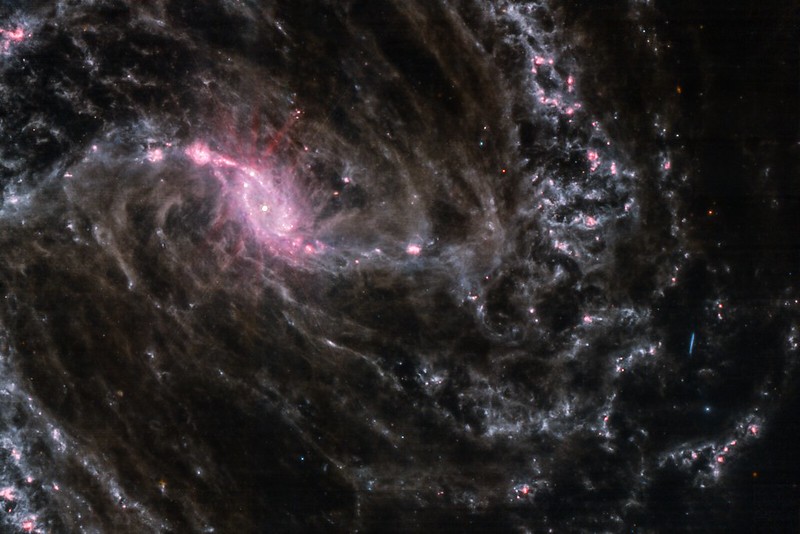 JWST MIRI, Barred spiral galaxy NGC1365
JWST MIRI, Barred spiral galaxy NGC1365
 Jupiter Widefield, NASA / ESA / CSA / Ricardo Hueso Alonso / Judy Schmidt
Jupiter Widefield, NASA / ESA / CSA / Ricardo Hueso Alonso / Judy Schmidt
Under the Milky Way
Under the Milky Way
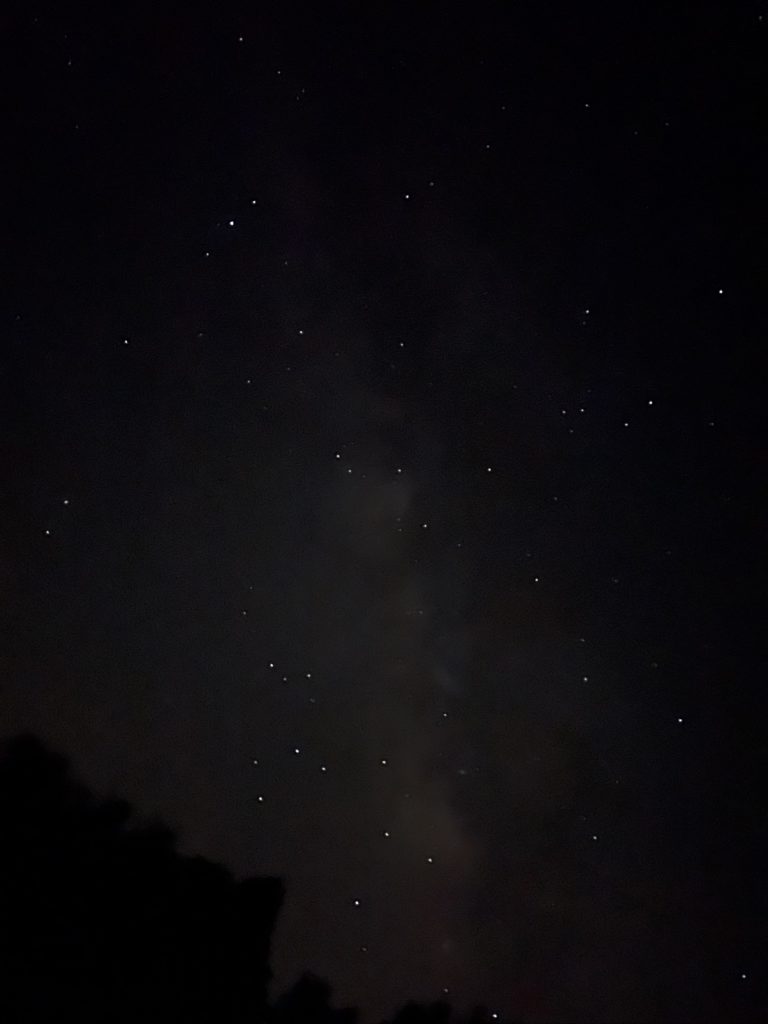
Looking south (from North America) at this time of year is looking towards the center of our galaxy. The milky clouds are the dense stars, gas and dust in the disk of the galaxy. Photo taken with the iPhone 13 Pro.
Milky Way
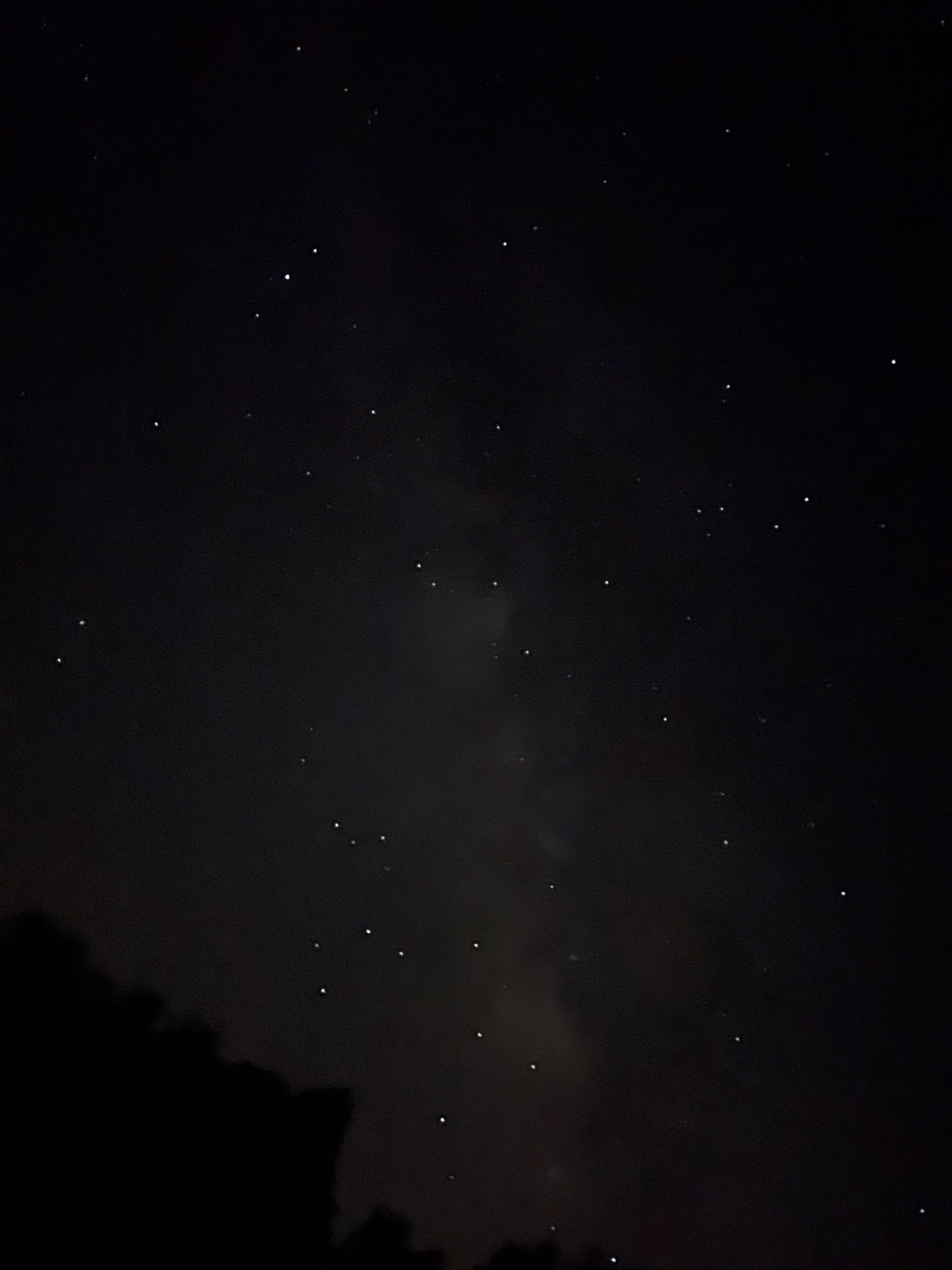
Conjunction 2022
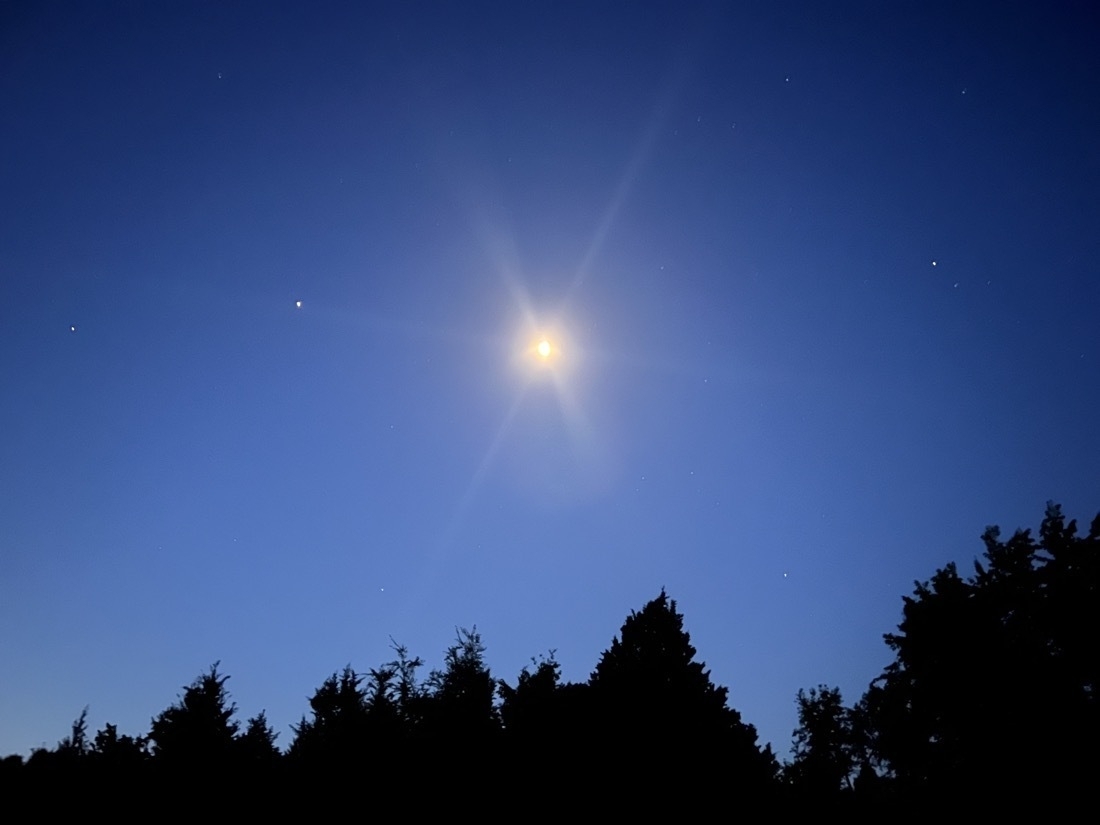
First ever black hole image released
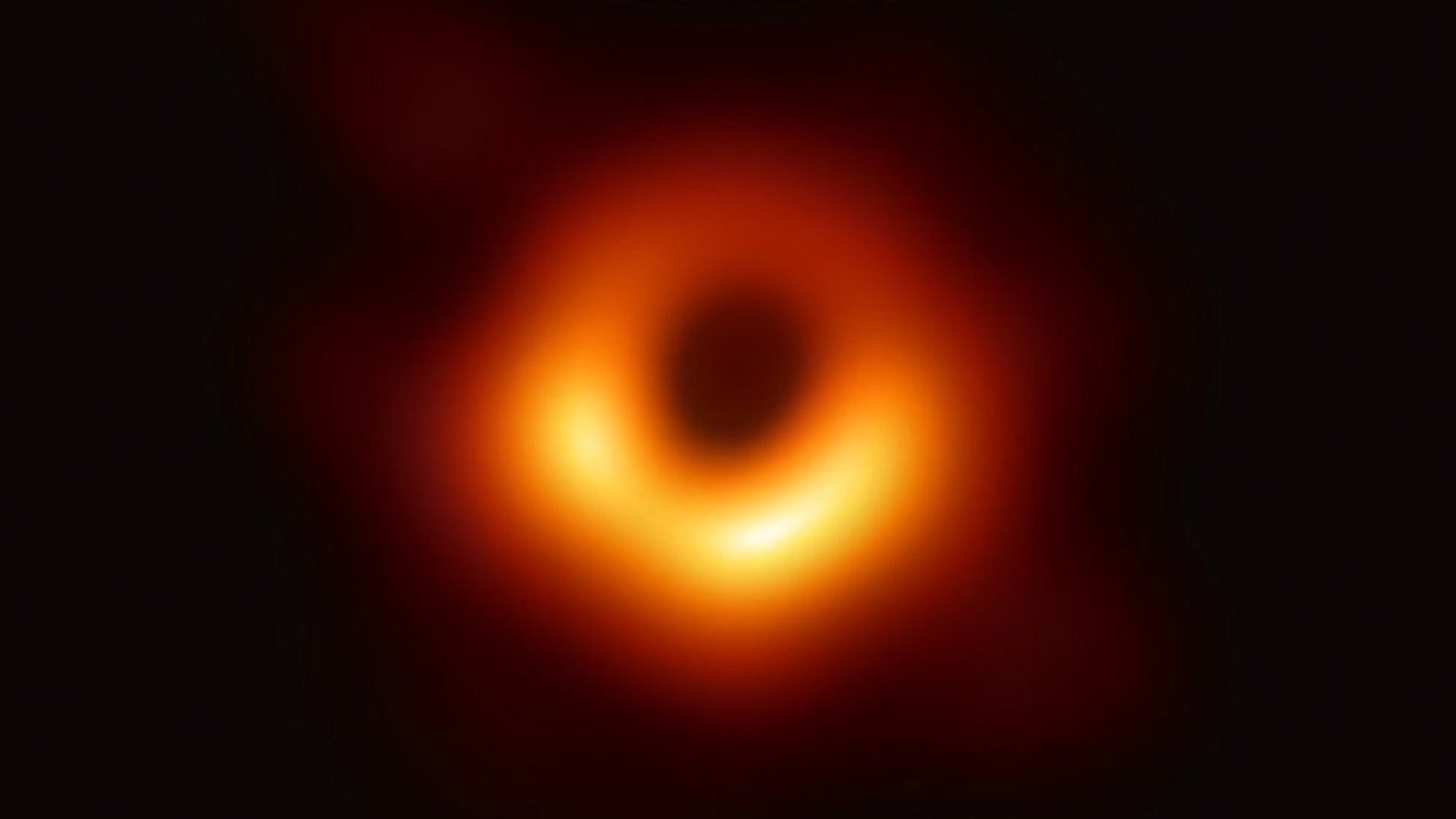 This is a fantastic achievement.
This is a fantastic achievement.
It measures 40 billion km across - three million times the size of the Earth - and has been described by scientists as "a monster".The black hole is 500 million trillion km away and was photographed by a network of eight telescopes across the world.
Back to the night sky
I started observing the night sky in late 2012 and kept up a pretty steady pace until about 12 months ago when my observing time shrank drastically. Partly due to weather, also due to a lack of effort on my part. I’m hoping to turn that around. I doubt I’ll be logging the 6 hour observing sessions I was doing in the first couple of years but I’d at least like to get in a couple hours when the skies are clear. Like many things in life, I find that when I make the effort my passion and interest deepen. When I fail to make the effort, they fade. My interest in observational astronomy is interwoven with my interest in cosmology, chemistry, physics and other related areas. These are not interests I am willing to give up due to laziness.
So, I logged a few sessions this past week. Right now our night sky faces in towards the Milky Way so lots of globular clusters and nebulae are visible. Oh, also, Saturn. Had a good, long look at Saturn. Then I spent a couple hours each night looking at globular clusters in Sagittarius, Pegasus (M15), and M2 in Aquarius.
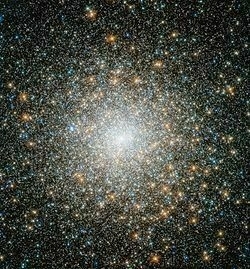
These stars are nearly as old as the Universe and, as I understand it, still remain a bit of a mystery in terms of how they came to be in clusters orbiting galaxies. Our galaxy has about 150 such clusters. They typically reside outside the disk of the galaxy and orbit the galactic core as satellites with an orbit radius of 130,000 light years. The Andromeda Galaxy is thought to have as many as 500 such globular clusters.
Speaking of our neighbor, I also had a nice long look at Andromeda. As always, a beautiful galaxy to look at through even a small scope.
Eclipse
Like many, I spent my Monday afternoon observing the moon cross between the Earth and the sun. My cabin is located in the path of the totality. I had 1:40 of totality and was lucky enough to share it with a handful of friends under clear skies.
To put it simply, it was absolutely glorious.
Understanding the eclipse by creating a to-scale demonstration of orbits and moon phases
I was recently asked to do a presentation about the upcoming solar eclipse at our library as I am one of a small local group of amateur astronomers. I happily accepted. I always enjoy putting together Keynote presentations for such events. I spent several days last week assembling the 38 slide presentation and did the presentation last night. It seemed to go well. For one part of the presentation I used three volunteers to serve as the sun, moon, and Earth. The idea was to illustrate the phases of the moon as well as the angle of the moon’s orbit with these three people and in truth, after a bit of initial confusion, I think it went pretty well. But it wasn’t to scale as we were crowded into a fairly small room at the library. After the event I got to thinking about how that sort of presentation, in particular the bit involving the volunteers, could be expanded into something really fun but in an outside location so that a sense of scale could be created. It would involve a bit of math so I thought it might be fun to recruit Siri as my helper in preparing this activity.
The idea would be to create a scale model of the Earth in relation to the sun and moon based on a circle of 365 feet in circumference. Each foot represented one day in the Earth’s orbit around the sun. Now, at this scale, I wanted to properly represent the position the sun at the center of our orbit. I needed the radius of my circle. Okay. I asked Siri to calculate the radius of a circle with a circumference of 365 feet. I was given a WolframAlpha calculation screen as a result: 58.1 feet. But I wondered if I could copy/paste the content. It had never occurred to me to tap the WolframAlpha icon, just a bit of text in a square in the corner of that display of results. I’ve done this kind of thing many times but never thought to see what would happen if I tapped. I expected it would do nothing. Instead, it took me to the AppStore for the WolframAlpha app. It never occurred to me that there was such an app but of course there is! I downloaded it and it opened my results into the app. It’s a very nice app that allows further input and new calculations among many other things. But no option to copy/paste the content.
Now, back to working out the activity. I’ll need to get some string but before that, I now know that if my orbit is scaled to 365, feet my radius is 58.1 feet. So, I’ll position my sun with a pole with string tied to it. From there I’ll walk out 58.1 feet and place another pole. I’ll have two strings. One which I’ll keep tied to the center pole (my sun) and which will guide my “orbit”. The second string will be tied to the second pole. Now it’s just a matter of walking the circle around the sun and dropping my string to represent the 365 feet of orbit. The next step is to convert a few other distances. For this I hopped over to this solar system scale model calculator.
Next, I used Siri to do a bit of math. First I asked her for the average circumference of the Earth’s orbit. Then I asked her to convert this from miles into feet. Then I divided that by 365 come up with my model scale of 8,447,618,973. With that number input into the solar system scale calculator I confirmed my Earth orbit radius of 58.1 in the results. Next, I wanted to get the moon’s orbit as well as the size of my three solar system objects at this scale. I made sure to select the Moons option and on the form and I got an orbit radius for the moon of 1.79 inches. TINY!! With that radius the average circumference of the lunar orbit is just 11.25 inches. Whats’ the size of the sun, Earth and moon at this scale? According to this same calculator, at this scale the sun is just 6.49 inches in diameter. Of course, the Earth and moon are very tiny! The Earth is just .06 inches in diameter and the moon is .016. Just a spec.
So, I’ve got the scale though in truth it might be best done at a slightly larger scale given how tiny the Earth and moon are in this model. Regardless of the ultimate scale of the model it is fun to play with and I expect it will be a fun model to explore in the yard. The idea would be to set the scale and then discuss the movement of the moon in it’s orbit of the Earth and the Earth’s orbit around the sun. By positioning volunteers it becomes a bit more obvious why a new moon is invisible to us. By adjusting the position of the volunteer “moon” in orbit around the volunteer “Earth” it become easier to understand how the moon gradually becomes more visible as a crescent then a quarter then a full moon and so on. Further discussion of the 5° elevation of the moon off of the ecliptic helps participants further understand why we do not have solar eclipses with every new moon.
Just Breath
The world is all upside down these days. It’s a good time for deep breaths and time under the stars. Last night I spent a good long while looking at Saturn and a few of it’s moons. Then I spent some time looking at the Lagoon Nebula.
Jupiter in an amazing fly-by video
Jupiter is immense. The fifth planet from the sun has a diameter of 89,000 miles, and could easily envelop every other planet (and Pluto). The gas giant also has 2.5 times the mass of all those planets combined. Even its enormous storms boggle the mind: the Great Red Spot is big enough to contain the Earth.Photos provide glimpses of Jupiter’s grandeur, but you can’t appreciate its stunning scale without some perspective. Gerald Eichstaedt and Seán Doran provide some with a stunning flyby video made from dozens of still photographs taken by the Juno probe.
Painting the Horsehead Nebula

This is one I have attempted to view through the telescope but which is fairly difficult to view. Through the telescope and in any image taken in the visual spectrum the Horsehead nebula is a dark patch of dust and gas against the glowing background nebula. This painting is based on an image taken by Hubble in the infrared, a wavelength in which the gas of the nebula can be observed. It’s just a very tiny part of the much larger Orion Molecular Cloud Complex.
As all of my iPad paintings have been, this was done with Procreate using an iPad Air 2 with a generic stylus.
Sharing Orion
Had an opportunity to share a view of the Orion Nebula through the telescope last night. Sharing astronomy is always great fun.